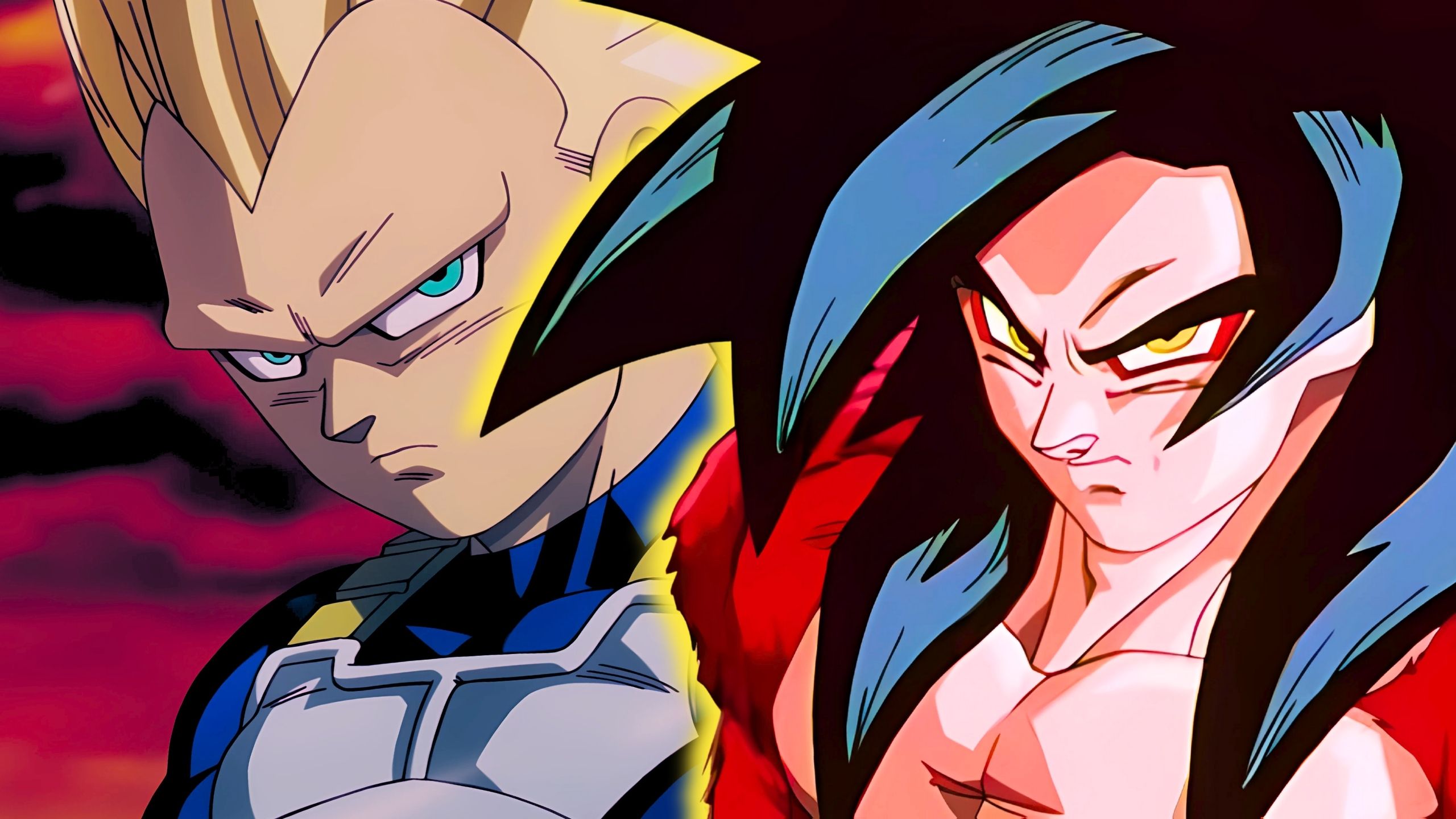
For a long time, *Dragon Ball GT* was considered the continuation of *Dragon Ball Z*, even though it wasn’t based on any existing manga. However, the official status of *Dragon Ball GT* became questionable when *Dragon Ball Super* introduced a new storyline after the Buu Saga. Now, *Dragon Ball DAIMA* adds yet another separate timeline for fans to follow.
Like *Dragon Ball GT*, the new series *Dragon Ball DAIMA* takes place after the Buu Saga in *Dragon Ball Z*, but before the events of *Dragon Ball Super*. Because both shows feature Goku becoming a child and explore the Super Saiyan 4 transformation, people are naturally comparing them. While *Dragon Ball DAIMA* and *Dragon Ball GT* share some similarities, many fans believe *Dragon Ball GT* is the stronger of the two series.
Dragon Ball GT Features More Impressive Villains
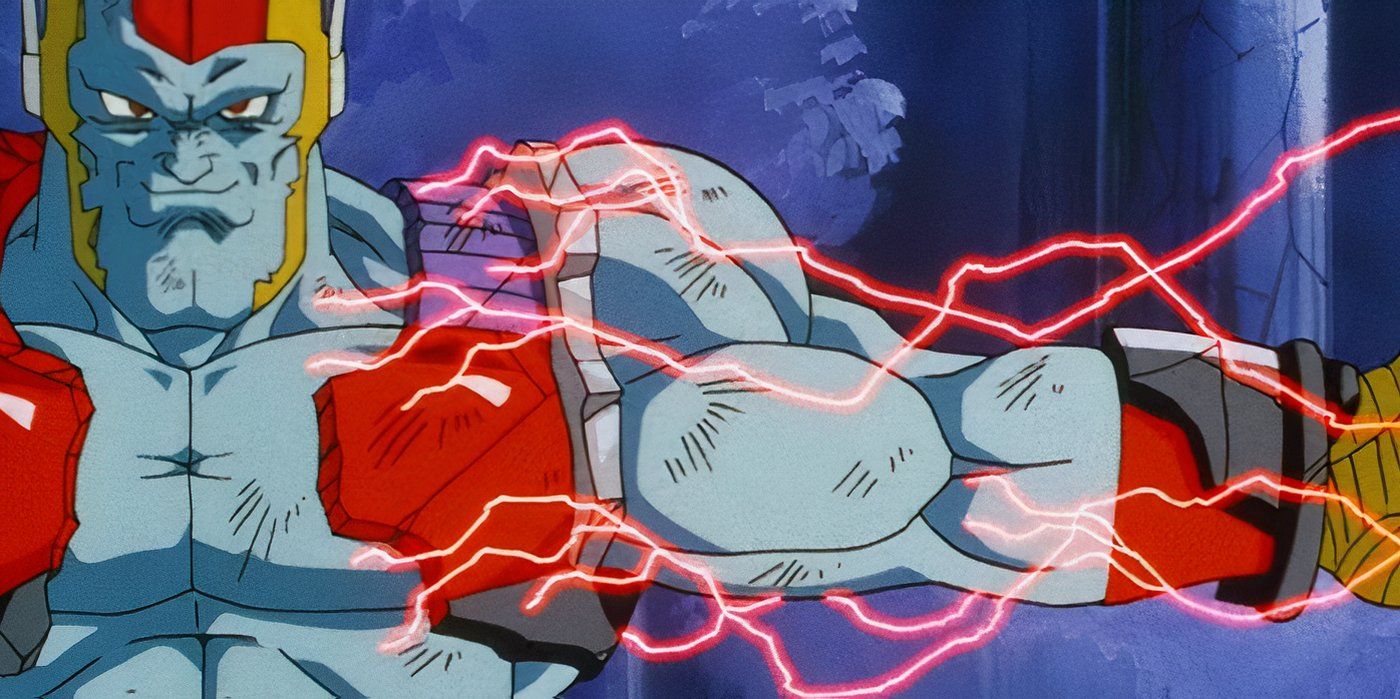
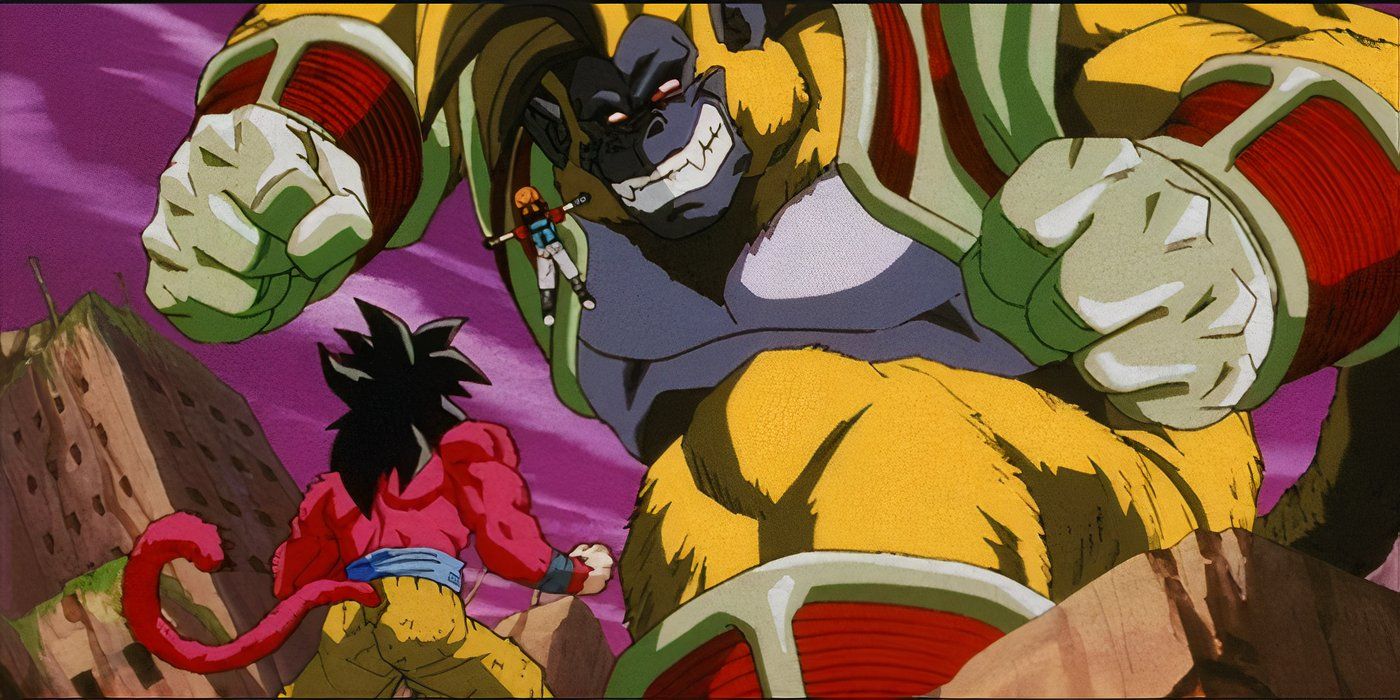
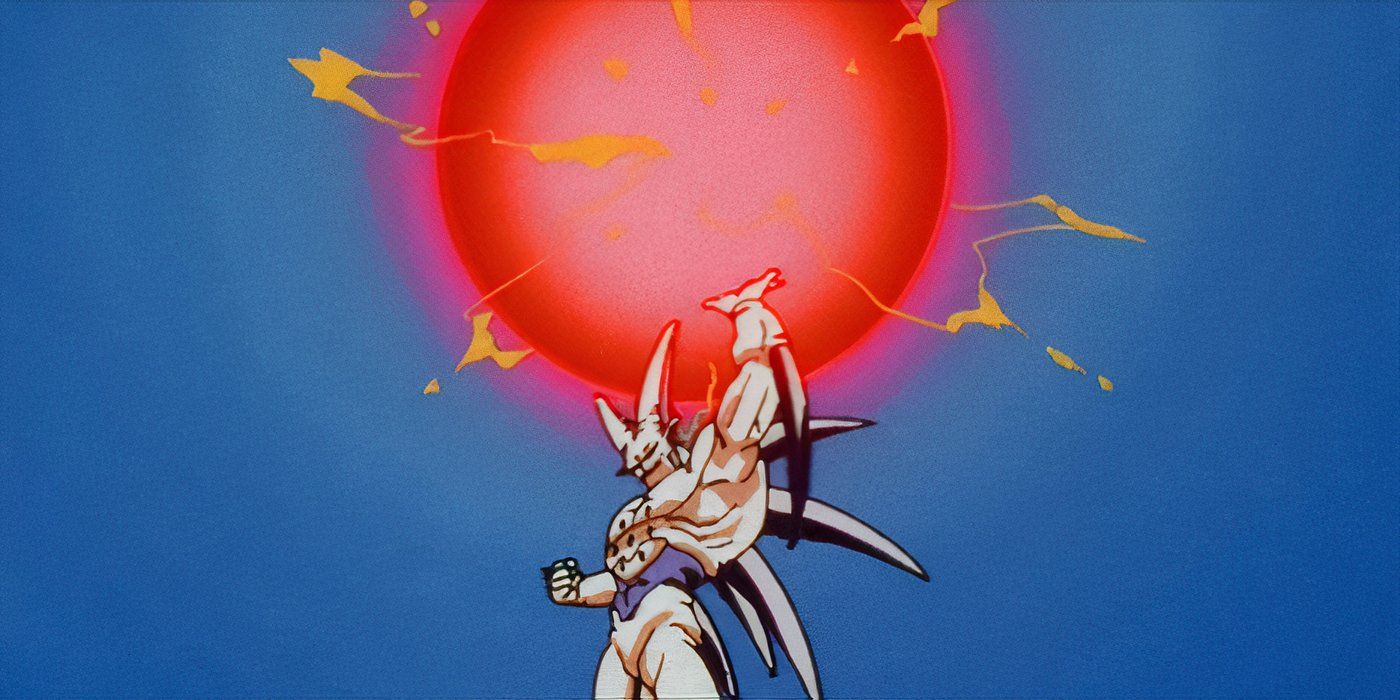
Dragon Ball DAIMA introduced some interesting new characters who helped Goku in the Demon Realm, but the villains, King Gomah and Degesu, are a weak point. Degesu’s potential as a dark Supreme Kai isn’t fully realized, and Gomah only becomes a threat by using a ridiculously powerful artifact. While the final battle with Gomah is visually exciting and has some great moments, it ultimately feels empty. Once the series ends, Gomah remains a shallow and underdeveloped villain.
Characters like Dr. Myuu, General Rilldo, Baby, Super 17, and the Shadow Dragons all present fresh challenges and aren’t simply copies of previous villains. It’s therefore understandable that these *Dragon Ball GT* antagonists have become popular in *Dragon Ball* video games and are now well-regarded even outside of the *Dragon Ball GT* series.
There’s A Greater Sense Of Stakes In Dragon Ball GT
Dragon Ball DAIMA tells a great story, but it feels separate from the main Dragon Ball timeline since it takes place between the defeat of Kid Buu and the arrival of Beerus. While the series introduces exciting new events and transformations focused on adventures in the Demon Realm, it largely stands on its own. Though characters *could* theoretically die in DAIMA, it would create plot holes with established Dragon Ball history. Also, any damage or destruction within DAIMA is limited to the Demon Realm, which hasn’t been a central concern in Dragon Ball until now.
Unlike *Dragon Ball DAIMA*, *Dragon Ball GT* builds real tension and stakes by featuring galaxy-threatening events with lasting consequences. *GT* isn’t afraid to take risks and show the importance of its story, even by killing off major characters like Piccolo and Krillin – something that doesn’t have the same emotional impact in *DAIMA*.
Dragon Ball GT Gives Supporting Characters More Of A Showcase
Fans often tease *Dragon Ball GT* for focusing too much on Goku—some even joke that ‘GT’ stands for ‘Goku Time’! It’s true that Goku is central to every big fight in the series. While he’s frequently paired with his granddaughter Pan, other familiar faces like Vegeta, Majuub, Gohan, and Piccolo also appear. Though they don’t always have major roles, they contribute to the story and help support Goku when he needs it.
Both *Dragon Ball GT* and the newer *Dragon Ball DAIMA* heavily focus on Goku’s story. However, the supporting characters in *DAIMA* – like Vegeta, Piccolo, Shin, and Bulma – feel even less important than they did in *GT*. While Vegeta does get some attention in *DAIMA*, he actually has a more significant role in *Dragon Ball GT*.
Super Saiyan 4 Feels More Developed In Dragon Ball GT
One positive aspect of the new *Dragon Ball DAIMA* anime is that it’s brought the Super Saiyan 4 (and even Super Saiyan 3) transformations back into the spotlight. The show’s improved animation and dramatic ending give the Super Saiyan 4 form, originally from *Dragon Ball GT*, a well-deserved upgrade. However, while the transformation is exciting, it feels more like a quick nod to fans than a meaningful development. It happens relatively quickly, without much story building, and doesn’t get the attention it deserves. In contrast, *Dragon Ball GT* made Super Saiyan 4 a central and defining element of the series.
Goku struggles to achieve this new form, making his success feel genuinely earned, unlike the easier power-ups seen in *Dragon Ball DAIMA*. *Dragon Ball GT* heavily relies on Goku’s Super Saiyan 4 transformation in most of his fights after he unlocks it, and extends this powerful form to Vegeta and their combined form, Gogeta, as well. While *Dragon Ball DAIMA*’s display of Vegeta as a Super Saiyan 3 is enjoyable, fans would have been even more excited to see him reach the power of Super Saiyan 4.
Dragon Ball GT Features Better Callbacks & Payoffs To The Franchise
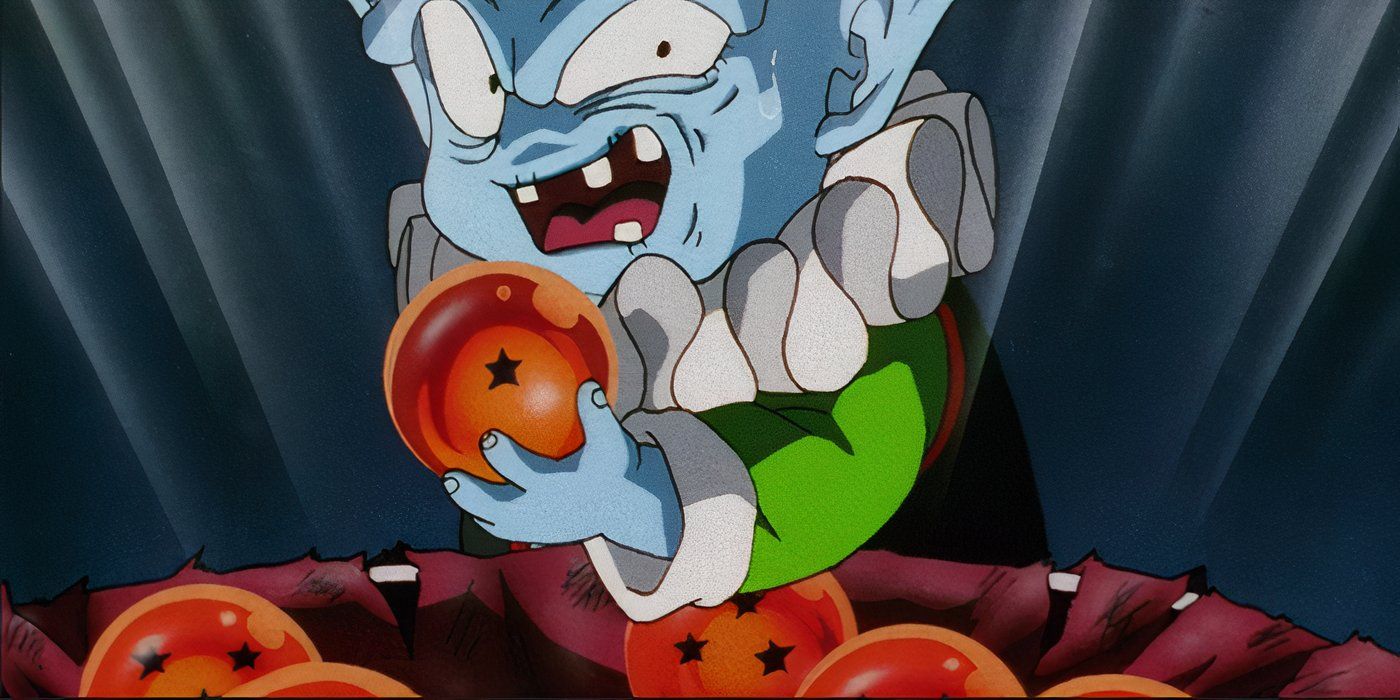
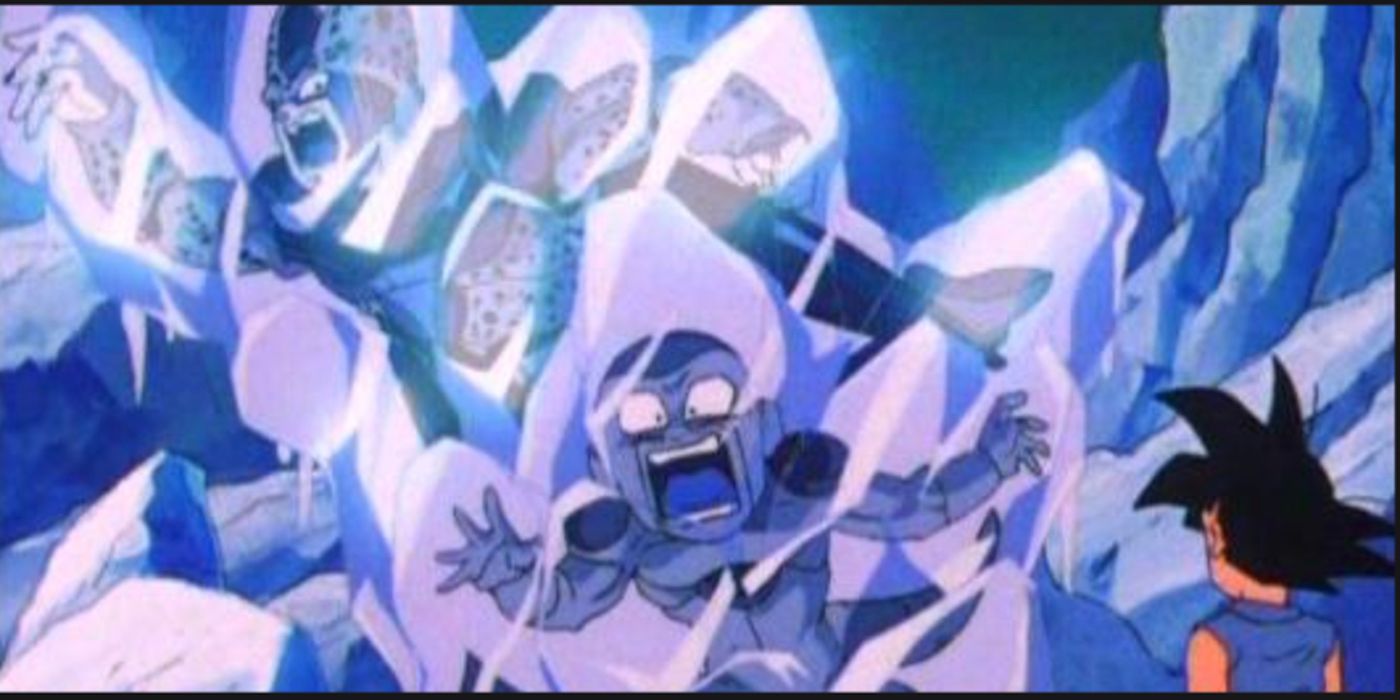
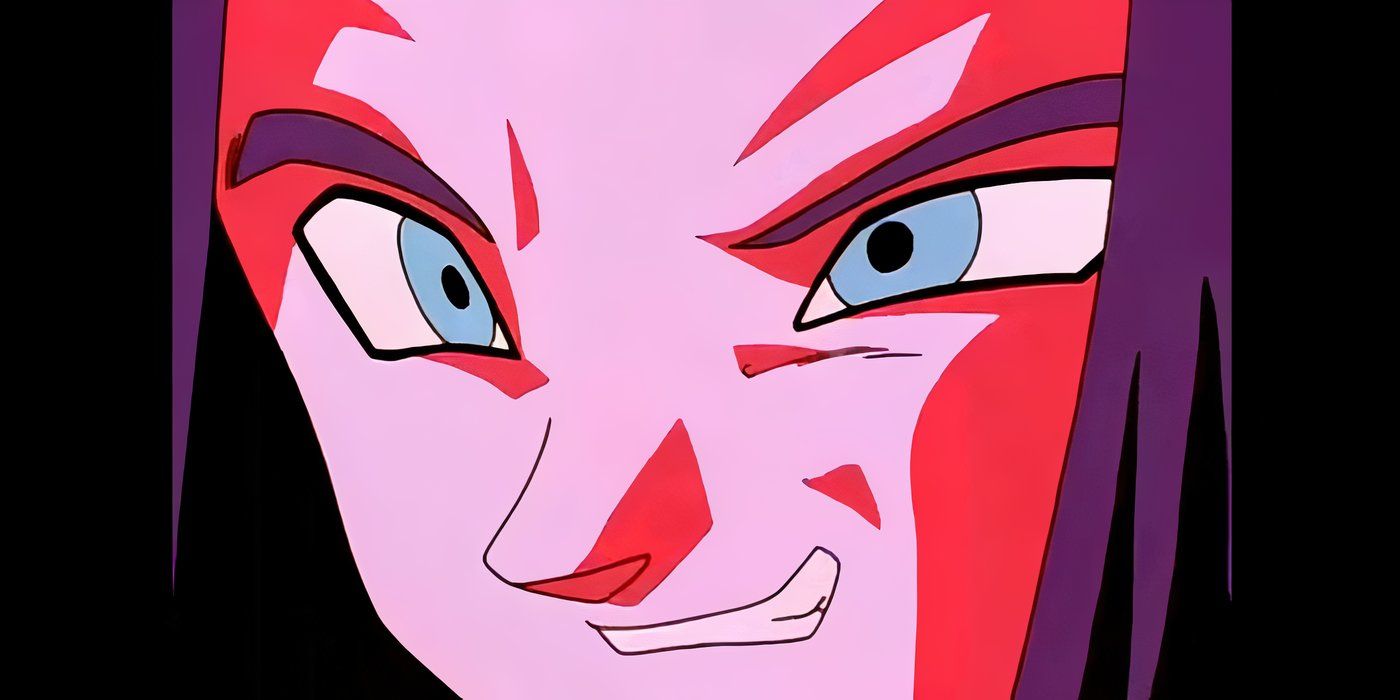
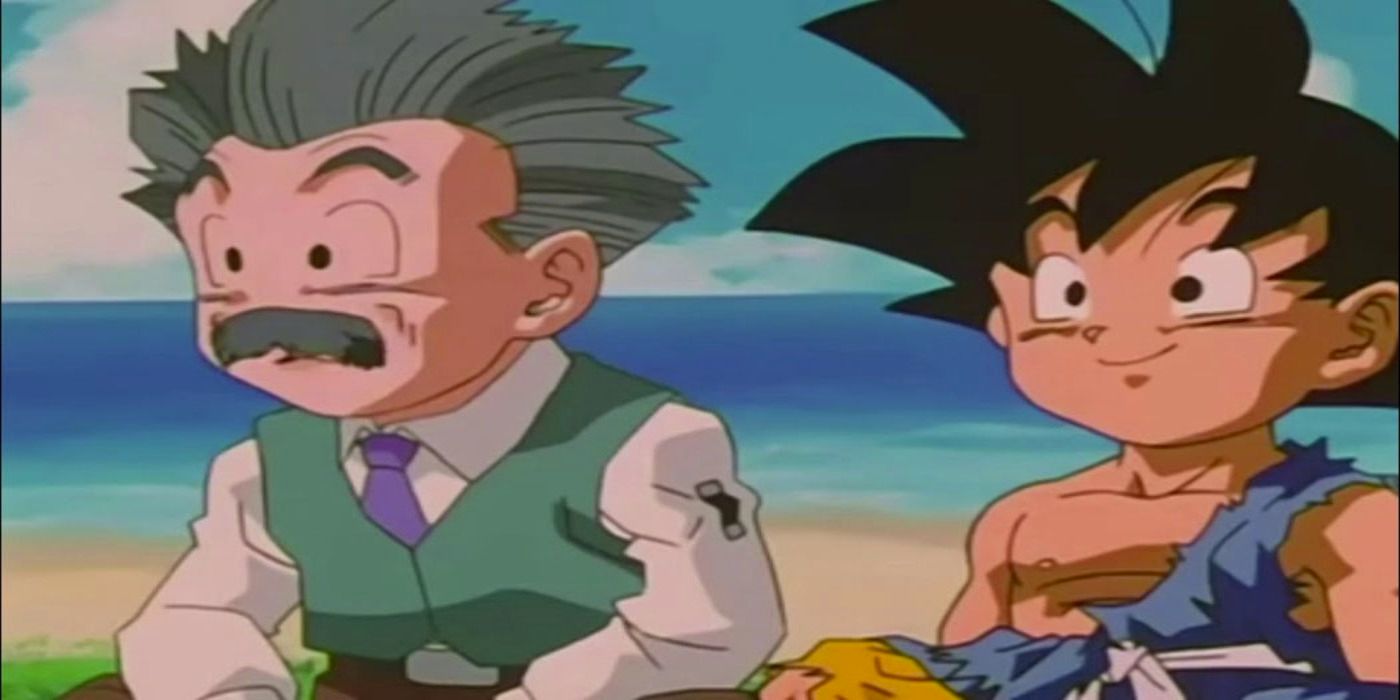
Dragon Ball DAIMA heavily relies on nostalgia, acting as a continuation of the original Dragon Ball story. Because of this, the series is filled with callbacks, not just to villains like Buu and Dabura, but also to classic elements such as the Saibamen and Goku’s Power Pole.
Both *Dragon Ball DAIMA* and *Dragon Ball GT* cleverly acknowledge the franchise’s history, which is especially fitting as *Dragon Ball* celebrates its 40th anniversary. *Dragon Ball GT* goes even further, referencing past characters and storylines – like Pilaf, the Tuffles, and Dr. Gero – throughout its different arcs. The final arc of *GT* directly connects to wishes made in earlier *Dragon Ball* series, and Goku’s powerful Spirit Bomb is a heartwarming nod to all the people he’s aided over the years. While *DAIMA* reminds viewers what they love about *Dragon Ball*, *GT* actively celebrates the entire series, including its imperfections.
There’s A More Satisfying Finale In Dragon Ball GT
As a huge Dragon Ball fan, I’ve always felt the endings of the different series were a bit hit or miss. But honestly, Dragon Ball GT really nailed it! The finale is incredibly satisfying, and it felt like a perfect way to say goodbye to everything Dragon Ball. They wrapped up Goku’s fight with Omega Shenron right before the last episode, which meant the finale itself could just be a really sweet and emotional farewell – it was perfect!
Goku shares precious moments with his loved ones before he and the Dragon Balls disappear. While the ending is both sad and satisfying, it’s a strong conclusion that sets a high bar for future *Dragon Ball* stories. *Dragon Ball DAIMA*, with only 20 episodes, feels constrained, and unfortunately, its finale mirrors the problems of *Dragon Ball Z* and *Dragon Ball Super*’s endings – they feel hurried and cut short.
Dragon Ball GT Does More With The Dragon Balls’ Evolution
The new series, *Dragon Ball DAIMA*, introduces some surprising facts about the Dragon Balls. For example, a character named Neva can both summon and immediately activate Earth’s Dragon Balls. We also learn the Dragon Balls from the Demon Realm are guarded by unique creatures called Tamagami, something we haven’t seen before. While these are cool concepts, *Dragon Ball GT* actually explored the potential of Dragon Balls even further.
The story begins with the Black Star Dragon Balls, created long ago by a single Namekian who later split into King Piccolo and Kami. These special Dragon Balls summon an incredibly powerful dragon, Ultimate Shenron, but using them causes serious problems for the planet. As explained in *Dragon Ball GT*, the Dragon Balls can also become damaged from being used too much, ultimately leading to Shenron and the Dragon Balls being retired.
Dragon Ball GT Has A More Memorable Soundtrack Than DAIMA
People often evaluate *Dragon Ball* based on how it looks and moves, but the music is a really important part of what makes the series special. The original music by Shunsuke Kikuchi was key to the success of both *Dragon Ball* and *Dragon Ball Z*. The new series, *Dragon Ball DAIMA*, features music by Kosuke Yamashita, who is new to the *Dragon Ball* franchise, though he’s well-known for his work on anime like *Digimon Xros Wars* and *Xenosaga: The Animation*.
The music in Yamashita’s *Dragon Ball DAIMA* effectively creates a fun atmosphere for the Demon Realm. However, it doesn’t quite reach the same level as Akihito Tokunaga’s work on *Dragon Ball GT*. *Dragon Ball GT’s* music is widely considered a highlight of the series, and its score, along with the opening and ending themes, instantly energized viewers for new storylines – something *Dragon Ball DAIMA’s* music doesn’t achieve to the same degree.
Dragon Ball GT Is Better At Building Upon Saiyan Lore
A highlight of *Dragon Ball GT* is Goku achieving Super Saiyan 4. This transformation is memorable in itself, but it also adds interesting depth to the history and biology of the Saiyans. *Dragon Ball GT* portrays Super Saiyan 4 as the natural, perfected form that comes after a Saiyan transforms into a Golden Great Ape—something the original *Dragon Ball* hadn’t explored for a long time.
The story becomes particularly compelling when Goku learns more about his Saiyan heritage at the same time as facing a threat from Baby, a character from the Tuffle race – a people destroyed by the Saiyans. However, *Dragon Ball DAIMA* doesn’t explore the Saiyan side of things as thoroughly. For example, the reappearance of Saiyan tails – a significant plot point in *Dragon Ball GT* – is simply ignored. Instead, *Dragon Ball DAIMA* focuses more on developing the histories of the Namekian and Glind races. While these details are intriguing, they don’t have the same impact as the revelations about the Saiyans in *Dragon Ball GT*.
Dragon Ball GT Does A Better Job At Setting Up The Next Generation Of Heroes
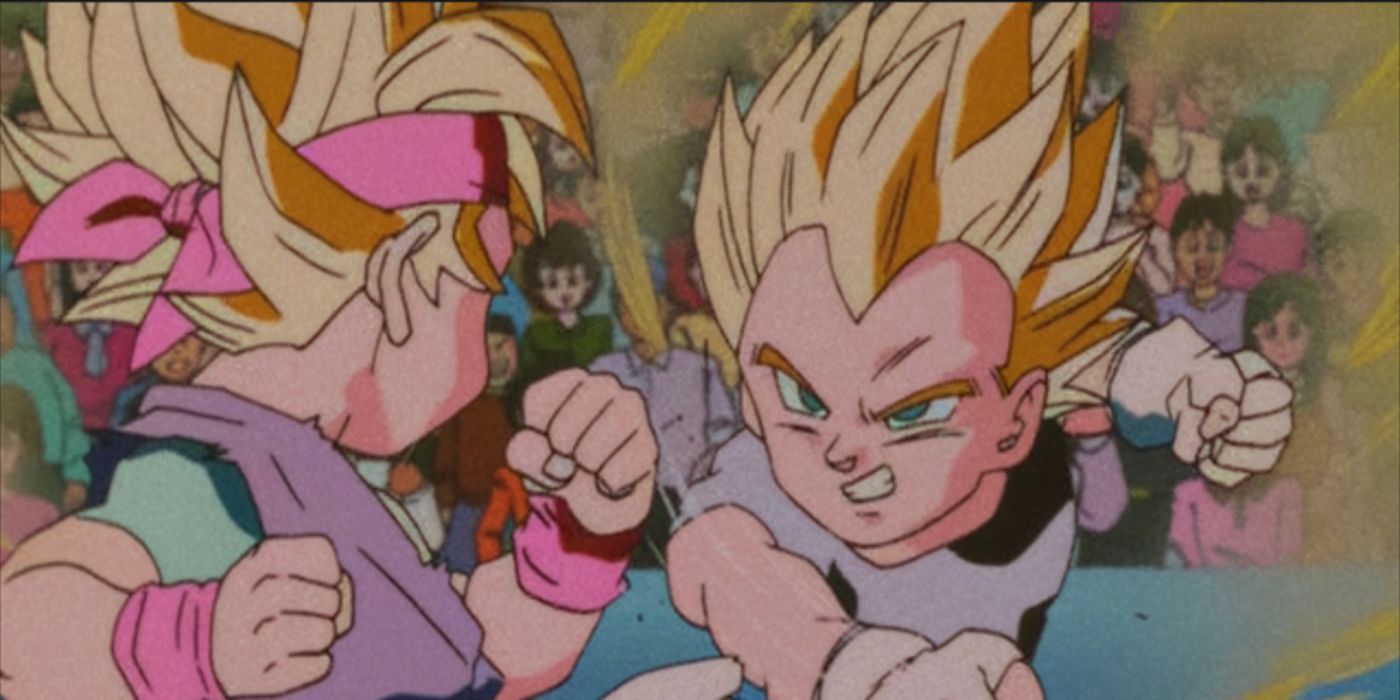
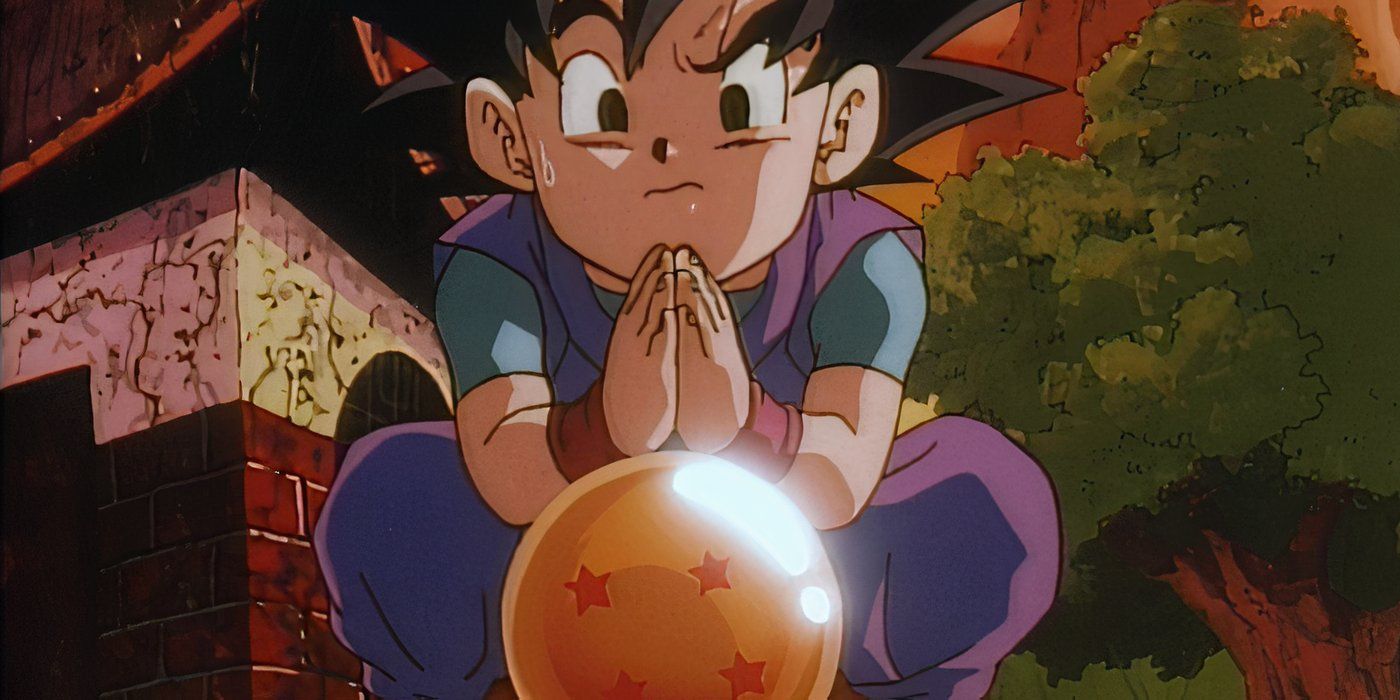
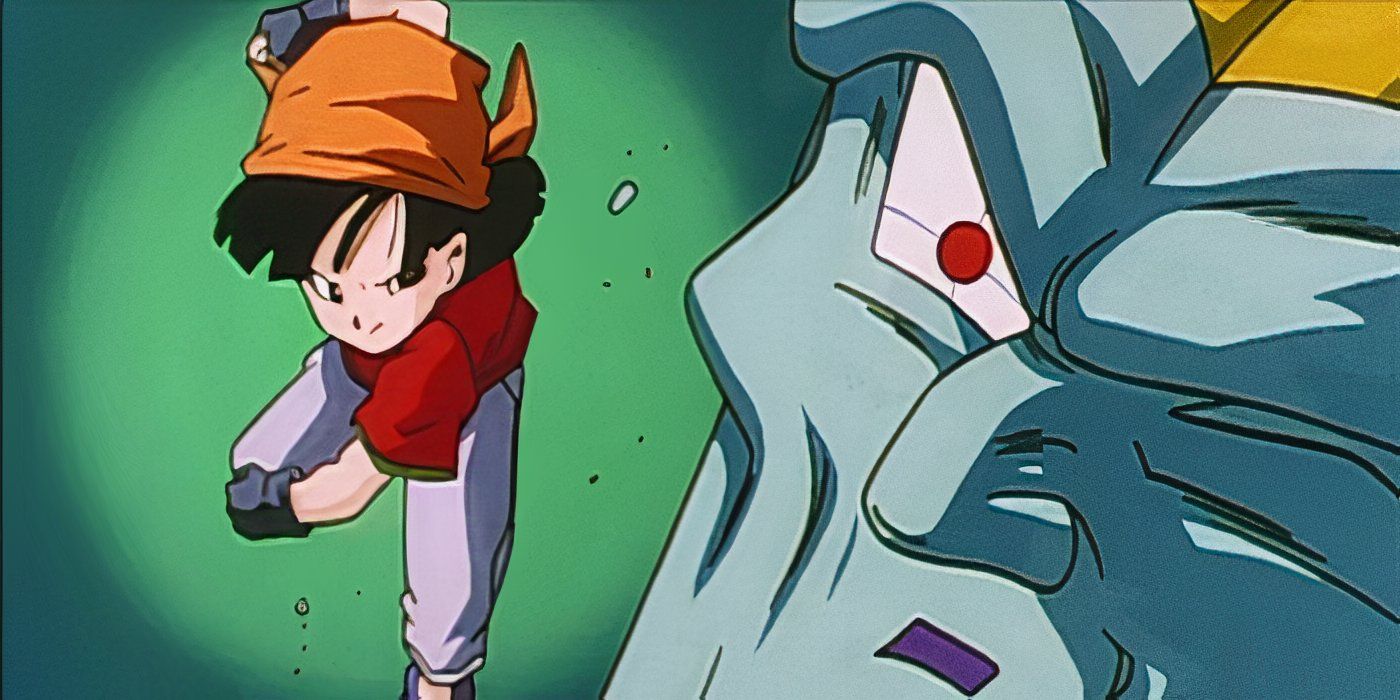
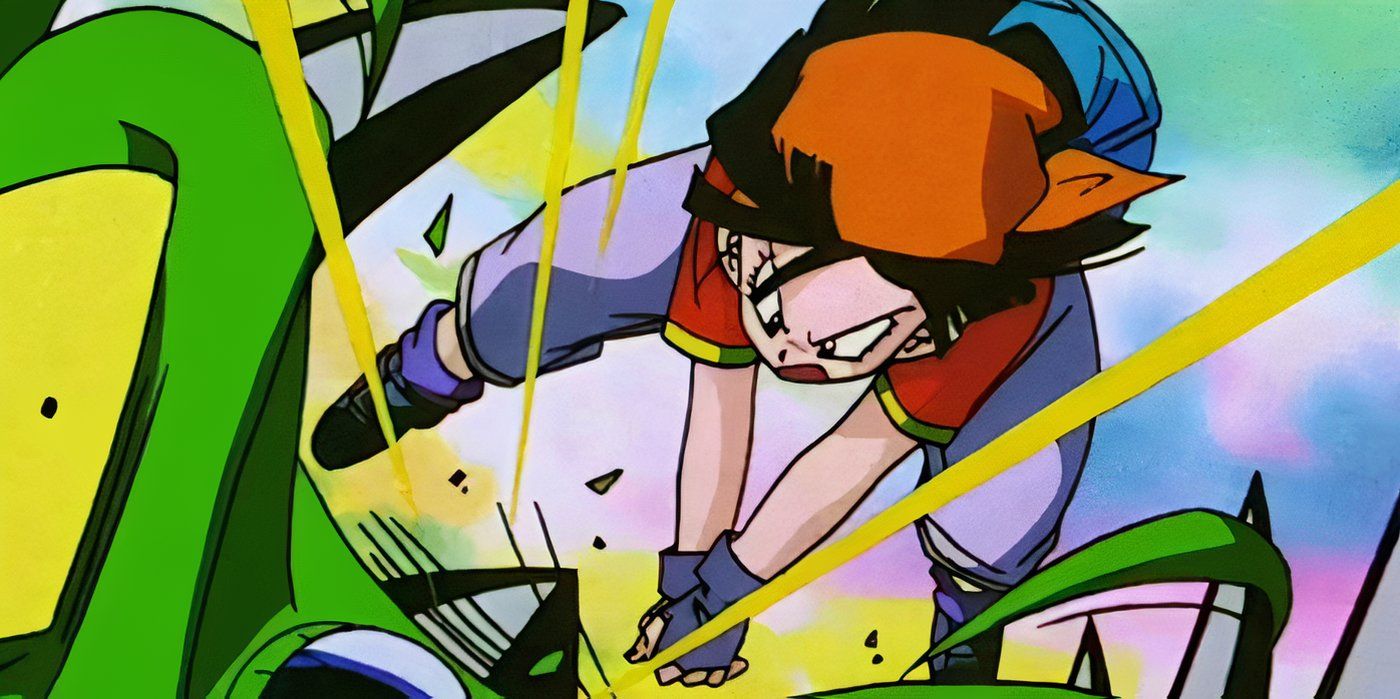
One thing *Dragon Ball GT* does better than *Dragon Ball DAIMA* is that it moves the story forward in time. Unlike *DAIMA*, it doesn’t get stuck revisiting the past. While Goku remains the main character in *GT*, the series also works to establish a suitable successor. The final episode of *GT* emphasizes this by jumping 100 years into the future, showing the cycle continuing with Goku Jr. and Vegeta Jr. protecting Earth at the 64th World Tournament.
While the end of *Dragon Ball GT* offered a satisfying sense of peace and hope for the future, *Dragon Ball DAIMA*’s story is different. It suggests the Demon Realm might finally break its cycle of violence under Majin Kuu’s leadership, but this resolution doesn’t feel as impactful as seeing a hopeful future for Earth’s heroes. *DAIMA*’s ending, being self-contained, can’t offer the same kind of emotional closure.
Read More
- Zerowake GATES : BL RPG Tier List (November 2025)
- Clash Royale codes (November 2025)
- LINK PREDICTION. LINK cryptocurrency
- How Many Episodes Are in Hazbin Hotel Season 2 & When Do They Come Out?
- Hazbin Hotel Voice Cast & Character Guide
- T1 beat KT Rolster to claim third straight League of Legends World Championship
- Apple TV’s Neuromancer: The Perfect Replacement For Mr. Robot?
- Sydney Sweeney Is a Million-Dollar Baby
- All Battlecrest Slope Encounters in Where Winds Meet
- How to change language in ARC Raiders
2025-10-06 19:16